Table of Contents
ToggleYoga for complete beginners, Yoga is a huge pool of spiritual methods and activities intended to incorporate body, spirit and mind to accomplish a condition of enlightenment. As a beginner, we suggest you begin with a direct and short yoga section and gradually progress from there. Yoga helps to enhance balance, flexibility and strength. In addition, Yoga provides mental and physical health advantages for all people irrespective of age and gender.
If you practice yoga daily, you may feel relaxed and energetic from top to bottom. It even offers you a sound sleep and escalates your moods. One of the main benefits of yoga is that it can assist you in handling stress in this stressful world. Thus, through this post, we provide you with a detailed guide for practising yoga as a beginner, introduce you to different styles of yoga, equipment needed for yoga, tips to find the right instructor and how to create a yoga routine. Hidden Mantra can help you. Come on, what are you waiting for?
Finding the right Yoga Style for you
There are multiple styles of yoga that are suitable for a wide range of requirements and skills. However, each style is slightly different from others and you can find changes in each according to your yoga master. Once you bring a good balance between your yoga teacher and find the style that suits you most improve your entire experience of yoga. Some of the most common styles of yoga are given below
Vinyasa yoga
Vinyasa literally means to place in a particular way. This style is frequently regarded as the most athletic style of yoga formed in the 1980s from Ashtanga yoga.
Hatha yoga
It just describes all other forms of yoga which are based on physical practice. The most well-liked and diverse type of yoga is physical-based.
Kundalini yoga
The practice of kundalini yoga combines both spiritual and physical aspects. This method focuses on discharging the kundalini energy that is thought to be coiled or locked in the lower spine.
Iyengar yoga
Iyengar Yoga is a style of yoga that was developed by B.K.S. Iyengar, a renowned yoga teacher from India. It is a form of Hatha yoga, which emphasizes the alignment of the body and the use of props to support practitioners in performing yoga poses with precision and depth.
Ashtanga yoga
Ashtanga yoga is absolutely not for beginners as it contains a highly physically taxing series of postures. To truly embrace it, you need to be an accomplished yogi. Ashtanga begins with five sun salutations A and five sun salutations B before transitioning into a sequence of floor and standing positions.
Yin yoga
Since positions can be held for anywhere between 45 seconds and two minutes, Yin is an excellent instruction for beginners. Classes are laid back because gravity is meant to handle the bulk of the work.
Restorative yoga
Restorative yoga concentrates on resting your thoughts and calming down after a demanding day. This fashion mostly emphasises body relaxation. Yoga for healing also aids in clearing and releasing the mind.
Prenatal yoga
Prenatal yoga is specifically crafted for expectant mothers and is suitable for ladies in all trimesters. You’ll utilise props during this practice to alter your positions and ensure stability because, in this lesson, stability is much more important than flexibility.
Yoga For Complete Beginners – Equipment
What equipment do you need for yoga?
When you start practising yoga, you might need to be made aware of the equipment you need for yoga. When practising yoga, two types of equipment or gear are required. They consist of appropriate attire and a yoga mat.
Pants
A few pairs of yoga pants in solid colours like dark grey, navy, brown or black are always a good idea. If you buy premium choices, they may endure for an extended period of time.
Tops
Wearing tops that are reasonably form-fitting will prevent your shirt from flying off your head while bending forward or backwards. Wicking fabric is advantageous, particularly if you have a tendency to perspire often or if you intend to take a hot yoga session.
Yoga Mat
Using a yoga mat, also known as a sticky mat, is typical in yoga and gym studios. This mat helps you establish a sense of independence and, more importantly, gives your hands and feet traction to prevent slipping, which is especially crucial if you start to perspire a little. Additionally, it offers some padding on the firm floor.
Blocks
Yoga blocks are meant to increase your comfort and correct your alignment. For standing postures where your hands are intended to be on the floor, blocks are especially helpful.
Straps
When you want to grab onto your feet and are unable to reach them, yoga straps, also known as belts, are quite helpful. In essence, the strap serves as an arm extensor.
If you don’t currently have any comfortable, breathable sporting clothing, start looking for some mid-level basics. A range of yoga equipment is available from both online and offline merchants as well as athletic goods shops. Regardless of where you purchase it, reading the reviews beforehand will help you find a product that matches your desired criteria and degree of quality.
Tips for finding the right yoga instructor
It is pretty easy to find a yoga class in almost every city, but the most important thing is how to find a good yoga instructor. Don’t worry, here are some tips to find the right yoga instructor.
Do check that your teacher has at least finished a 200-hour Yoga Alliance Registered teacher training programme. You don’t have to approach your teacher and ask to show her RYT A teacher’s own website, from where they have access to even more information about their training, may be linked to the majority of studios’ detailed profiles of their teachers.
Ask your friends
You can ask to your friend who is interested in yoga about their instructor. Also, you can use social media links like posting on Facebook or Instagram asking them to recommend a good yoga instructor. It is always good to have a private yoga class as you get a sense of comfort and are less conscious about others. Likewise, you will be able to concentrate on your personal needs and goals as well as you can practice on your own schedule.
Tips for finding the right yoga poses for beginners
As a result of the way our bodies naturally fold and bend into poses, many fundamental yoga postures feel quite familiar. Learn the basic yoga positions first, breathing mindfully and deliberately. When you’re just starting off, it’s a smart idea to keep things basic. The introductory yoga positions described here are worthwhile enough to keep you occupied for a considerable amount of time. Then, as your practice develops, you can attempt poses that are increasingly difficult.
Downward Facing Dog (Adho Mukha Svanasana)
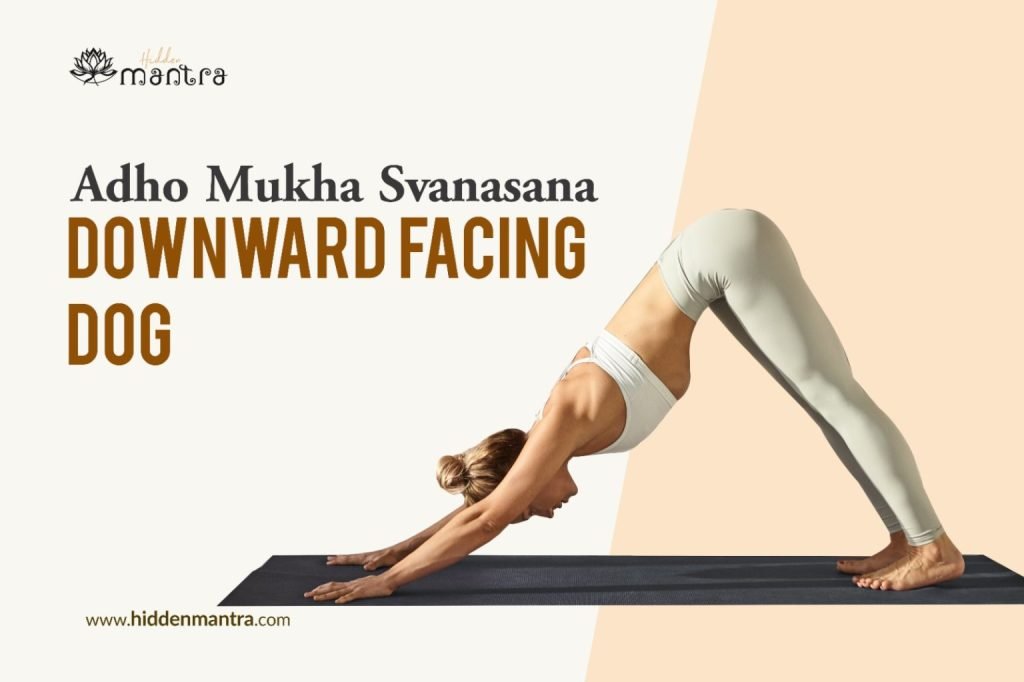
Yoga and the downward-facing dog stance go hand in hand. In this position, beginners frequently lean too far forward, turning it more into a plank. Instead, keep in mind to reach your hips up and keep most of your weight on your legs while extending your heels towards the ground (not necessarily touching the floor). If you have stiff hamstrings, you may need to slightly budge your knees to make the action easier. Keep your feet parallel.
Mountain Pose (Tadasana)
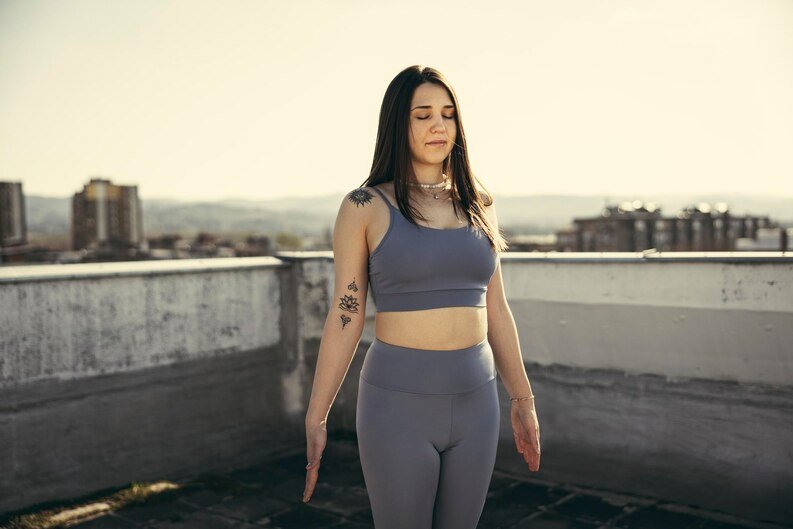
In Mountain pose, your shoulders and pelvis are stacked so that a straight line runs from the top of your head to your heels. Since each individual’s shape is unique, concentrate on stretching up with the back and tucking your toes under.
Child’s Pose (Balasana)
A child’s pose is vital as it is the pose you can do when you require an interval while doing yoga. In addition, if you feel you do not need to wait for the teacher to take a break. The back, hips, thighs, and ankles get a light stretch from it, but neither strength nor balance are put to the test.
Seated Forward Bend Yoga for beginners includes a lot of hamstring stretches for good reason. People who sit for long periods of time frequently develop short, tight hamstrings, which can aggravate low back discomfort. It’s beneficial to stretch them like you would when doing a seated forward bend. The whole back of the body is stretched in this position. Keep your neck in line with your spine and bend from the hips, not the waist.
Benefits of creating a consistent yoga routine for beginners
One of the greatest advantages of yoga, apart from the physical ones, is how it aids in stress management. Stress is known to have negative effects on both the mind and the body. A person’s mental health can be enhanced by practising yoga because it incorporates breathing and meditation. “Regular yoga practice improves bodily awareness, reduces chronic stress patterns, relaxes the mind, centres attention, and sharpens concentration in addition to fostering mental clarity and peace.
Whether you’re just starting out with yoga or are a seasoned practitioner, committing to one or more of these objectives can help you advance your practice. If you want to examine any of the topics on this list, consider developing both flexible and rigid goals. Make and record a thorough plan for achieving your objectives using as many manageable actions as you can. Keep track of the number of repetitions you perform during your yoga sessions. You can keep track of a pose’s iterations. How many times, for instance, can you flow from a left-side plank to a right-side plank? Another example is a flow where you count repetitions until you attain your goal or reach your maximum.
To sum up, when to start practising yoga there are certain things you have to be aware of such as the benefits of yoga, different styles of yoga, equipment needed for yoga, Modern Psychology,tips for selecting the right yoga instructor, suitable yoga poses for beginners and importance of forming a yoga routine. Hidden Mantra is there to help get started.
👉 Read: Introduction to Yoga
👉 Read: Classical Yoga
👉 Read: Preclassical yoga


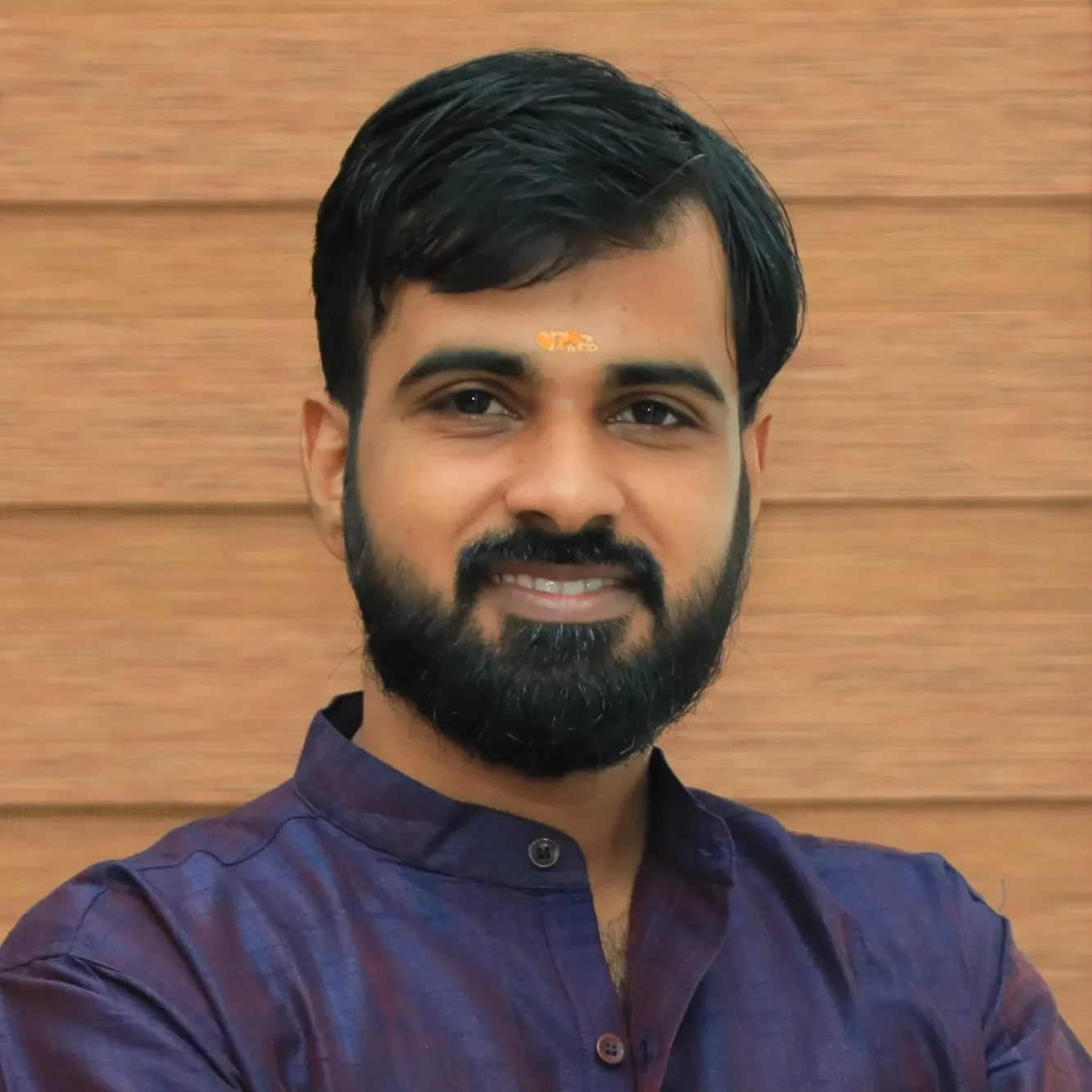
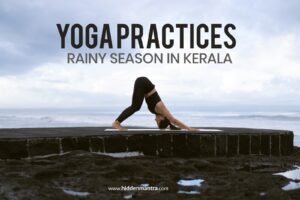
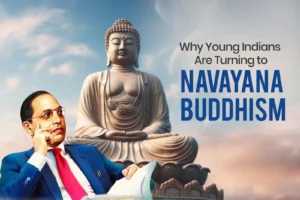



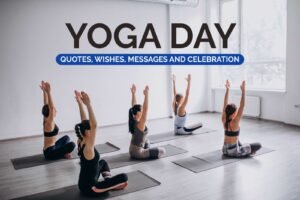





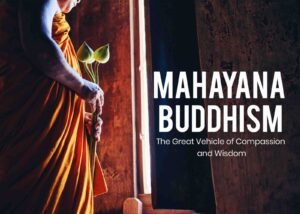
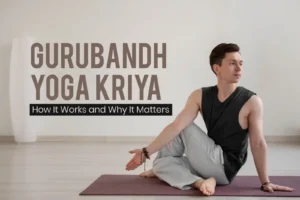
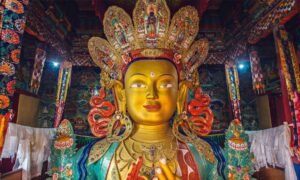
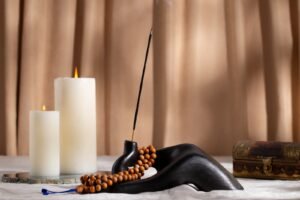
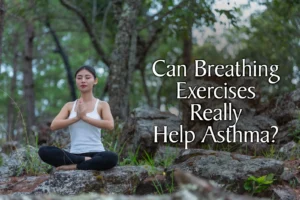

One Response
Nina BLESS YOU